Has a reviewer labeled your writing as simple, boring, monotone, or flat? «That hurts!,» I know. Good news is I can help.
In this blog, I explain one strategy for achieving this highly sought after flow using varied sentence structure. Nowhere has this phenomenon been captured more effectively than in Gary Provost’s image:
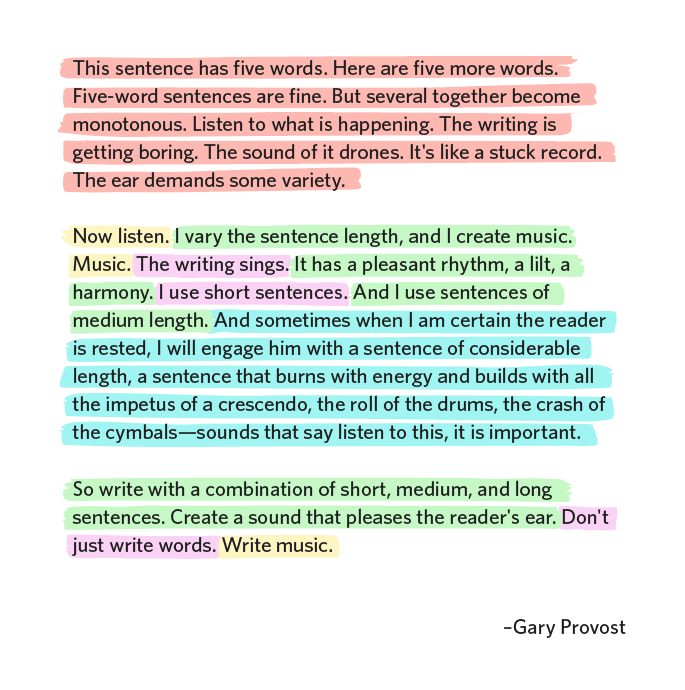
As Gary clearly shows, your writing becomes engaging because of sentence length. At the same time, your argument could easily be drowned in a sea of consecutively short or long sentences. The solution: alternate between simple, compound, complex, and compound-complex sentences.
Sentence types
Let me define each sentence type. If you already know what they are, just skip to the next section where I explain how they work.
Simple Sentences (herein S)- A simple sentence is an independent clause. In other words a complete thought expressed using a subject and a verb.
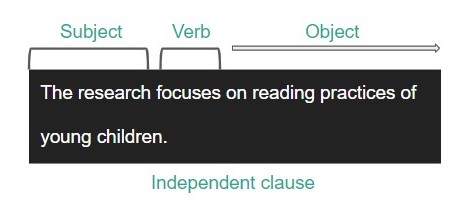
Compound Sentences (CP)- When two or more independent clauses are linked by a coordinating conjunction.
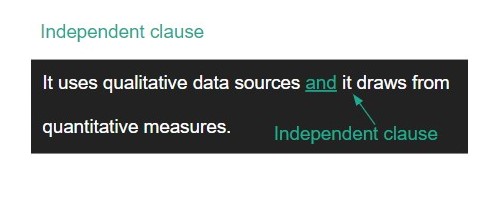
What are coordinating conjunctions? These seven words:
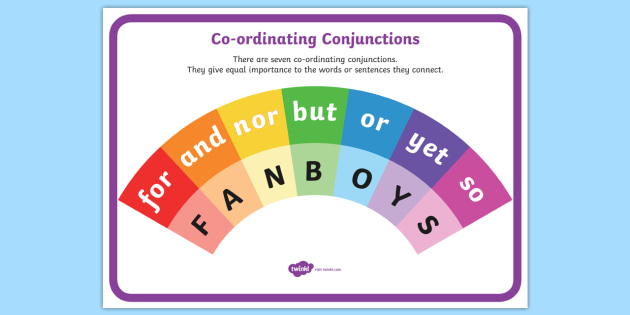
Complex Sentences (CX)- Are made of one independent and at least one dependent clause. A dependent clause necessitates another clause, because on its own it does not communicate a complete message.
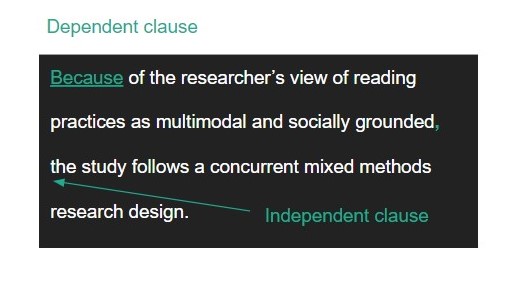
The clauses are typically connected by subordinating conjunctions and relative pronouns. Don’t get turned off by the technical terms, just keep an eye out for the keyword listed below.
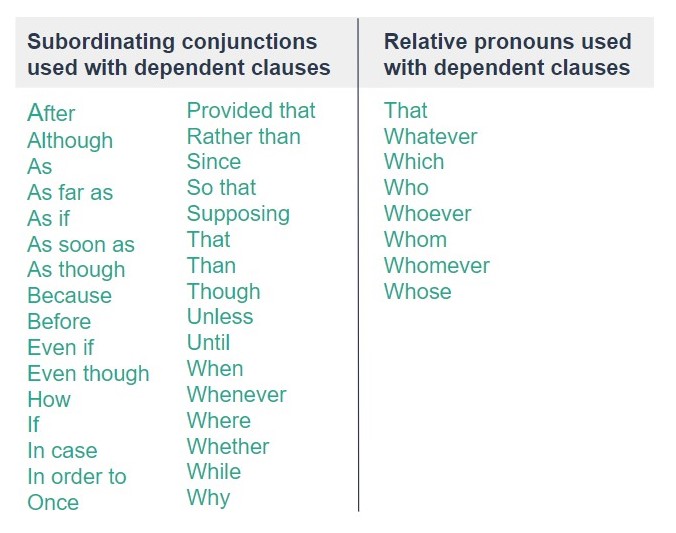
Compound-complex sentences (CPX)- Contain at least two independent clauses (like the compound sentence) and at least one dependent clause (like the complex sentence).
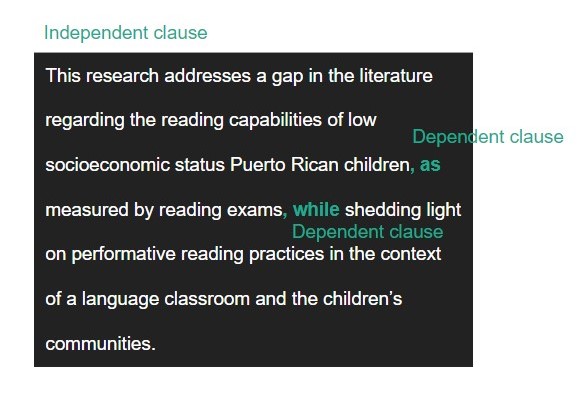
Using varied sentence types
What can you do now that you know the different sentence types?
- You can start by reading portions of your manuscript out loud. Do any parts sound monotonous?
- Another option is to target the sections which reviewers have labeled dull.
Either way, classify each sentence into these 4 types: S, CP, CX, CPX. Personally, I would assign a color to each type and then color code the manuscript in small increments. There’s something so useful in visibly seeing which color takes over the piece!
If you find that a section feels dull and notice it is largely of one color, vary the sentence structure.
I hope this blog helps you produce writing that is more engaging. Leave a comment here as I would love to hear about your process.
Need an editor?
Shall you prefer having a fresh set of eyes fix your manuscript, contact me.
Want to discover more editing tricks?
Read more about how to improve your editing process. Check out my other blogs.
I can visit your institution virtually:
If you want me to hold a writing workshop with you or host one for your institution, complete this form.
Join my next live webinar on writing!




0 commentarios